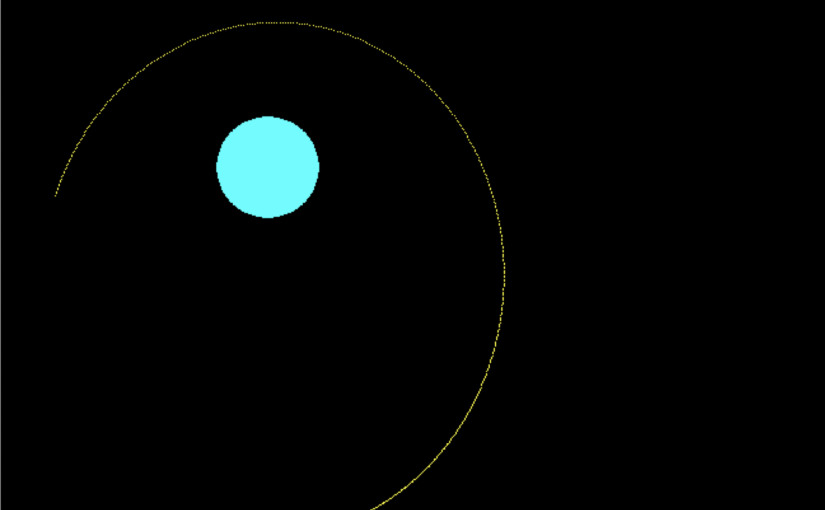Don’t you feel worried that there is no guarantee that our Earth might be kicked out of our solar system? Did you ever wanted to send a rocket to the Moon or Venus? If so, then you should have a closer look to my current Python/Visualising Data-project.
Check it out on my GitHub!
It was the Indian Space Agency’s Chandrayaan-2 mission that another time picked up my interest: If you have seen their impressive trans moon injection-manoeuvres you get the idea how impressive and interesting such mission-planning can be.
My project is neither “finished” nor did it reach my first real goal. But since I talk so many times to other persons about this project, I wanted to provide this sneak-peak preview. And who knows, maybe I can win other persons extend my project? 🙂
Screenshots/Animations
Done so far:
- Implement simple Newton-laws, Euler method -> done
- N-Bodies: Rocket should rotate around Moon, Moon should rotate around Earth, Earth should rotate around Sun -> done
Goal #1 – in progress:
- Implement correct Runge-Kutta 4th order -> in progress
- Implement simple UI “Cockpit” for zoom & focus-control, visualise interesting data like individual distances, polar-coordinates -> in progress
- Put mission- & object-data from source-code to external JSON-format config-file
- Visualise several interesting cases, eg. Chandrayaan-2, Apollo 13, Voyager 1/2, …
Backlog / nice to have:
- Connect NASA Horizons-data
What I don’t want to do
Out there are smarter brains than me with PHDs in Physics or similar topics. NASA and other space-agencies have their own useful and more precise tools like GMAT. Hence, it makes no sense to replace their tools.
I also want to give a reference to Planetenprogramm.de – I think its author has similar ambitions like me 🙂
Also, I would like to give a reference to who’s GraviSimu-Scatch influenced me a lot (Pygame-Engine), but my coding-approach is different to that tool, also I am not sure if the physics in there are correct 🙂
